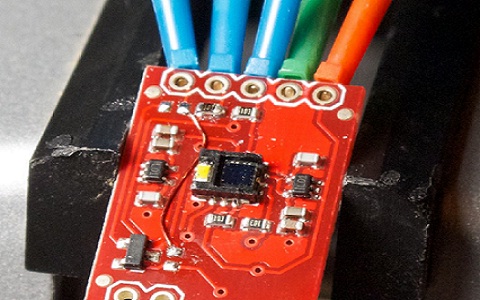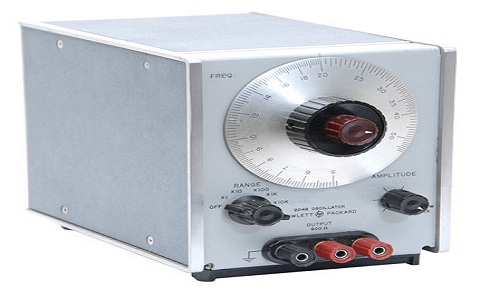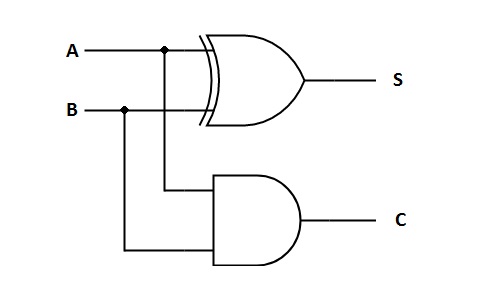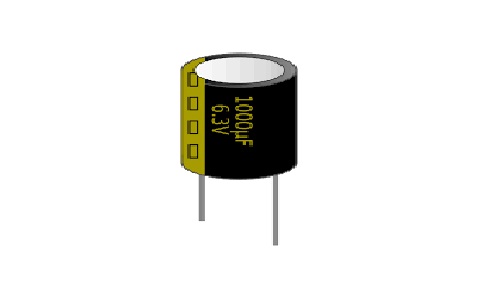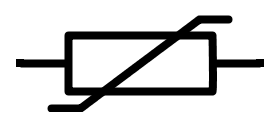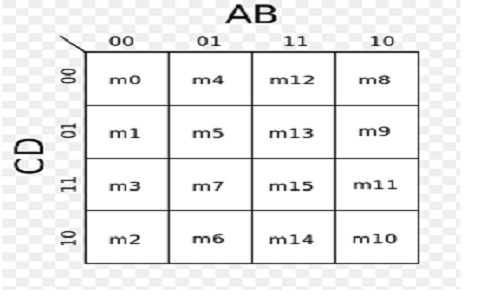In electronics, sensors are the devices or modules or detectors or subsystems used to detect and respond to electrical and optical signals. Sensors can covert physical quantities like temperature, humidity, speed, etc into an electrical signal and send the information to the other electronic devices like the processor. Sensors are classified into various types to measure temperature, capacitance, heat, resistance, etc. They are a temperature sensor, proximity sensor, accelerometer, touch sensor, … [Read more...]
What is Memristor : Construction & Its Working
Resistors, Inductors, and Capacitors are considered as the basic components of electronic systems. Further, the research has been carried out by Leon Chua in the year 1971. He was a professor at UC Berkely. He was always enthusiastic about knowing why electronic devices or systems are restricted only to linear characteristics. He carried out researches and studied non-linear characteristics of these basic elements and added the fourth element known as a memristor. Because resistors define the … [Read more...]
What is Hall Effect : Working & Its Experiment
Hall Effect is a technique of the measurement of the voltage that is transverse. It was proposed by Edwin Hall in the year 1879. The purpose of this effect is to study the behavior of the current carried in the respective conductors present in the circuits. It is also used in various application sensors such as pressure sensors, current sensors, etc… For the measurement of the intensity of the magnetic field in the circuit, hall effect sensors are utilized. The measurement of this magnetic fi … [Read more...]
What is an RC Oscillator : Circuit & Its Working
An oscillator is used to produce periodic oscillating signals in an electronics circuit. The oscillations are mainly produced in the form of a square wave or sine wave. The oscillators can convert DC to AC and used in a number of electronic devices like clock generators, digital instruments like calculators. The oscillating signals are used in television transmitters, wall clocks, radios, and many more. A feedback oscillator is a type of oscillator in which the output signal is feedback into the … [Read more...]
What is Half Adder : Circuit Diagram & Its Applications
Half Adder is of the kind of basic digital circuit. Earlier there are various operations performed in Analog Circuits. After the discovery of digital electronics, similar operations are performed in it. The digital systems are considered to be effective and are reliable. Among the various operations, one of the most prominent operations is Arithmetic. It includes Addition, Subtraction, Multiplication, and Division. However, it is already known that it might be a computer, any electronic gadget … [Read more...]
What is a Feedback Amplifier : Working, Types & Its Characteristics
Feedback amplifier is the basic design of amplifiers. The connection of these amplifiers can be done in such a way that the output is fed back to the input. However, amplifiers are devices that increase the strength of the signal. The increase in the strength of the signal can also introduce the noise in the system. Usually, these are of various types and based on the requirement of the factors, these are designed. Whenever a circuit is designed during the operations performed, then it results … [Read more...]
What is an Instrumentation Amplifier : Circuit and Its Working
Instrumentation Amplifier is the basic amplifier and the designing of this can be done based on the requirement in different applications. For example, measurement of temperature or it might be humidity for the industrial applications. These measurements must be converted in terms of signals that are in electrical form. Finally, this signal must be provided as the input to this amplifier so that the amplification of the signals can be obtained. The main intention of this amplifier is to … [Read more...]
Capacitor Filter using Half Wave Rectifier and Full Wave Rectifier
During the process of rectification, the output generated will not result in the pure DC form. Instead, there is the presence of ripples in the output. The ripples are the unwanted AC part present in the output DC. This affects the efficiency of the circuit. The frequencies that are undesirable to the circuit can be filtered by connecting the capacitor filter across the load. As we use voltage regulators these capacitor filters are kept after it so that the output that is generated gets … [Read more...]
What is Varistor : Working Principle, Construction and Its Applications
A resistor is an electric component that is used to limit the flow of current in an electric circuit. It is basically a resistive component. It has two terminals and is used in almost all electric circuits. It can also be sued to adjust signal levels and terminate transmission lines. There are different types of resistors available each meant for a specific purpose. A varistor is one such type of resistor, used to change the resistance in the circuit by changing the voltage. Its design is almost … [Read more...]
Sum of Products and Product of Sums : Types and Schematic Diagrams
We are all more familiar with the terms SUM and PRODUCT in mathematics. Based on these terms, AND and OR logical operations are derived. Any kind of logical expression can be represented through these terms and there are many ways of expressing a logical function. AND represents the product relationship between the terms whereas OR represents sum relationship. So, Sum of Products and Product of Sums are the equivalent approaches of representing a logical expression. Through few principles, these … [Read more...]
- « Previous Page
- 1
- 2
- 3
- 4
- …
- 11
- Next Page »
